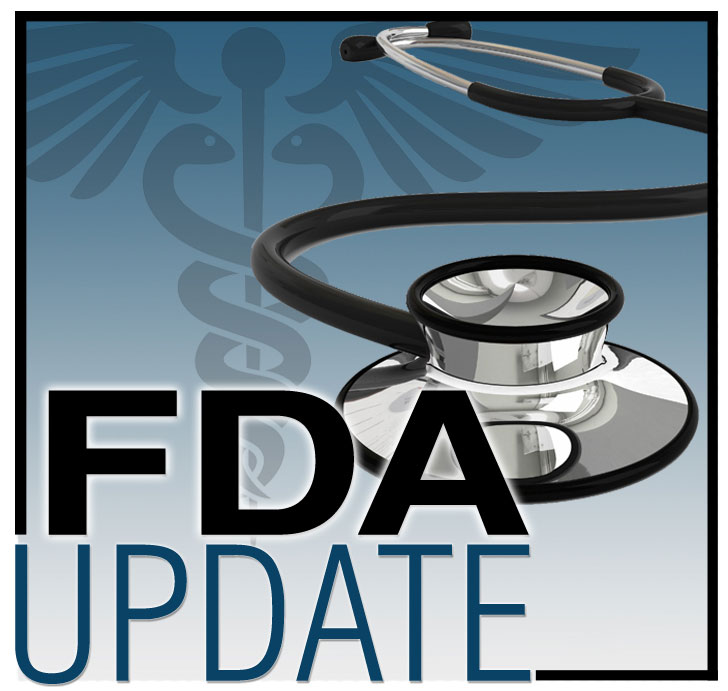More than a year and a half after a report suggesting a potential racial bias in pulse oximeter technology first surfaced as a letter to the editor in the New England Journal of Medicine (NEJM), on June 21, 2022, the U.S. Food and Drug Administration (FDA) said that it is continuing its investigation into the devices’ accuracy and performance, particularly among people of color.

The agency initially reported the concerns about pulse oximeter accuracy on February 19, 2021, after researchers wrote in the December 2020 NEJM letter that the devices can be less accurate when reading oxygen saturation in people with dark skin pigmentation. In today’s update, FDA said that it will convene a public Medical Devices Advisory Committee (MDAC) meeting later in 2022 as a forum to discuss pulse oximeter accuracy, recommendations for patients and healthcare providers, the data manufacturers should provide to assess accuracy, and other regulatory actions.
Although they’re useful for estimating blood oxygen levels, pulse oximeters have limitations and a risk of inaccuracy under certain circumstances, FDA said. Patients and caregivers who use them for home monitoring should pay attention to all signs and symptoms of their condition and communicate any concerns to their healthcare providers.
When taking a reading with a pulse oximeter, FDA recommended that patients and healthcare providers:
- Follow recommendations about when and how often to check oxygen levels.
- Be aware that multiple factors can affect the accuracy of a pulse oximeter reading and obtaining the best reading by:
- Following the manufacturer’s instructions for use and to understand accuracy of the product
- Ensuring that any polish is removed from the fingernail and the finger is warm, relaxed, and held below the heart
- Keeping the limb used for the reading still
- Waiting until the reading displays a single, steady number.
- Record the date, time, and oxygen level for each reading to easily track and report changes.
When interpreting a reading, FDA said that consumers and providers should:
- Pay attention to trends and variations in oxygen levels.
- Do not rely only on a pulse oximeter to assess health conditions or oxygen levels.
- Consider accuracy limitations to assist in diagnosis and treatment decisions.
- Monitoring other signs or symptoms of low oxygen levels:
- Bluish coloring in the face, lips, or nails
- Shortness of breath, difficulty breathing, or a cough that gets worse
- Restlessness and discomfort
- Chest pain or tightness
- Fast or racing pulse rate
FDA also advised patients and caregivers to contact their healthcare providers immediately with concerns about pulse oximeter readings, other signs and symptoms of low oxygen, or other new or worsening symptoms.
Patients and providers have two types of pulse oximeter options:
- Prescription oximeters are reviewed and cleared by FDA and available only with a prescription. FDA requires that them to undergo clinical testing to confirm their accuracy. They are most often used in hospitals and doctors’ offices.
- Over-the-counter (OTC) oximeters are sold directly to consumers in stores or online and include smartphone apps to estimate oxygen saturation. OTC oximeters don’t undergo FDA review or clearance and are sold as either general wellness or sporting/aviation products.
Additional analysis of premarket data, as well as working with manufacturers and testing laboratories to analyze additional postmarket data, is ongoing, according to FDA. Based on its findings, FDA said it may reassess the content of its pulse oximetry guidance document.
On September 15, 2022, FDA announced that the Anesthesiology and Respiratory Therapy Devices Panel of the Medical Devices Advisory Committee will hold a virtual meeting on November 1, 2022, from 9 am–6 pm EST, to discuss pulse oximeters’ accuracy for individuals with darker skin pigmentations. The agenda includes factors that may affect pulse oximeter accuracy and performance, accuracy-related evidence, recommendations for patients and healthcare providers, and data from manufacturers to assess accuracy and guide other regulatory actions.
The agency is accepting public comments by December 1, 2022. The committee will review any received before October 18, 2022. For information on submitting comments, see the announcement in the Federal Register.
FDA said it’s continuing to evaluate all available information about pulse oximeter accuracy and performance. Its recommendations have not changed, and it will continue to keep the public informed as new information becomes available.
Healthcare professionals should report any adverse reactions or quality problems they suspect are associated with the use of pulse oximeters to MedWatch, FDA’s Safety Information and Adverse Event Reporting Program.





